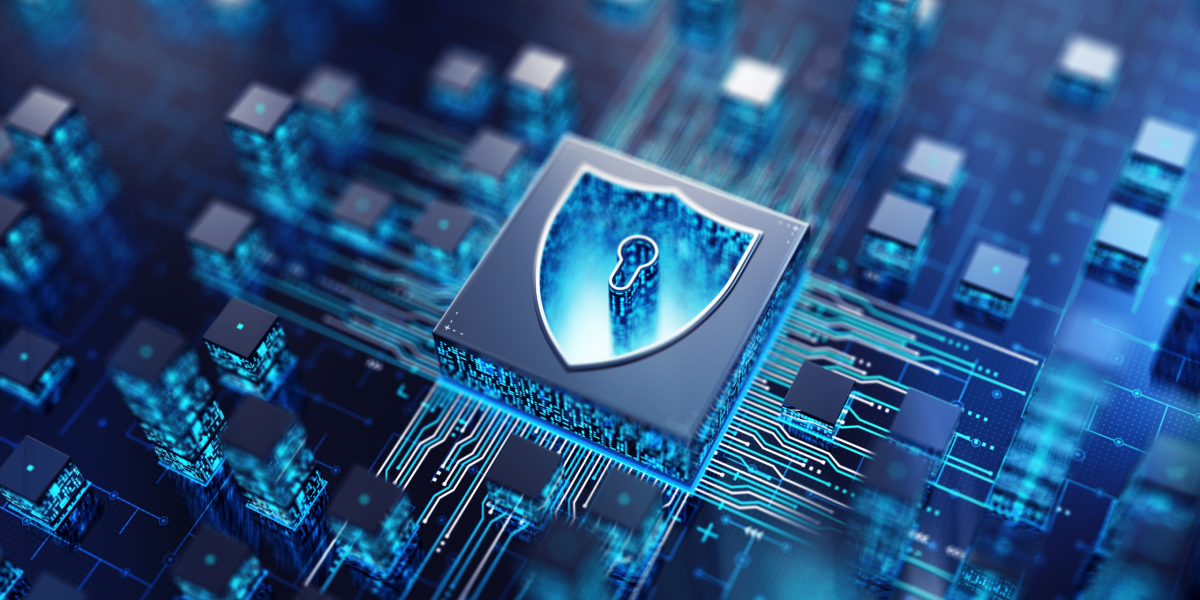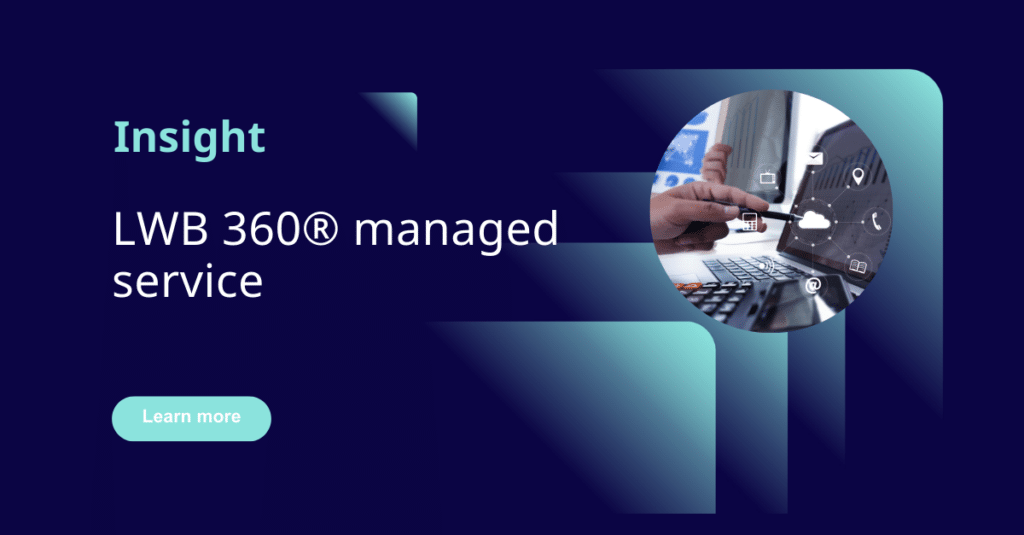In the rapidly shifting cyber landscape, organizations face an array of sophisticated threats, including:
- Ransomware
- Advanced Persistent Threats (APTs)
- Distributed Denial of Service attacks (DDoS)
- Spear phishing
- Social engineering
- Supply chain attacks
To counter these threats, protective measures and legislation have evolved to keep up. Today, we have well-established data protection laws and high levels of public awareness.
Key protective measures include:
- Endpoint Security
- Multifactor Authentication (MFA)
- Network segmentation
- Zero-trust architecture
- Automated patch management
- AI-based threat detection
Nevertheless, as technology continues to advance, it is essential to maintain a proactive approach, especially given the sensitivity of legislative content.
Future threats on the horizon include:
- Quantum Computing which could render current encryption methods obsolete.
- IoT expansion which expands the attack surface for cybercriminals.
- Advancement of artificial intelligence (AI) which may equip adversaries with powerful tools.
- Advanced persistent attacks which build upon APTs, becoming more sophisticated and persistent.
Navigating this evolving landscape requires robust defences and continuous adaptation and vigilance. So, what five key steps can legislatures take to maintain cybersecurity tomorrow?
1. Develop a Zero-trust Architecture
Zero-trust architecture operates on the principle that no entity, whether inside or outside the network, should be trusted by default. Instead, it requires continuous verification of each user and device attempting to access resources. This model minimizes the risk of unauthorized access by implementing strict identity verification and access controls.
By segmenting the network and enforcing least-privilege access, zero-trust architecture ensures that even if a breach occurs, the potential damage is contained and limited to a small portion of the network. Implementing this approach involves:
- Integrating advanced authentication methods
- Continuous monitoring
- Real-time threat detection
Each of these together creates a robust defence against evolving cyber threats.
2. Invest in Emerging Technologies
As cyber threats become more sophisticated, traditional security measures may no longer be sufficient. AI, Machine Learning (ML), and Blockchain can provide advanced capabilities to detect, respond to, and prevent cyber-attacks.
AI and ML can process extensive datasets to detect patterns and anomalies that signal potential threats. This allows for a quicker and more precise threat detection and response.
Blockchain technology can enhance data integrity and security through de-centralized and tamper-proof transaction records.
Additionally, adopting innovations like quantum encryption and next-generation firewalls can enhance your cybersecurity infrastructure further.
3. Conduct Regular Cybersecurity Audits
These audits involve comprehensive evaluations of your security policies, practices, and infrastructure to identify vulnerabilities and ensure compliance with industry standards and regulations.
By thoroughly reviewing your systems, you can discover weaknesses that could be exploited by cybercriminals and address them proactively.
Regular audits help in assessing the effectiveness of your current security measures and in updating them to counteract emerging threats. They also ensure that employees adhere to security protocols and that all software and hardware are up-to-date and properly configured.
4. Scenario Planning and Execution
This proactive approach involves creating and practicing responses to a variety of potential cyber incidents, from data breaches to ransomware attacks. By simulating these scenarios, your team can identify weaknesses in your current response plans and improve their ability to handle real-world threats.
Scenario planning helps by:
- Refining incident response procedures
- Clarifying roles and responsibilities
- Ensuring that communication channels are effective during a crisis
- Guaranteeing that everyone is prepared to contribute to the defence against cyber threats
Executing these plans through regular drills and tabletop exercises builds confidence and preparedness, and allows you to respond swiftly and efficiently when an actual cyber incident occurs.
5. Engage with Threat Intelligence Networks
By participating in these networks, you gain access to up-to-date information on:
- Emerging threats
- Attack vectors
- Vulnerabilities identified by other entities in the cybersecurity community
This collaborative approach allows you to benefit from the collective knowledge and experience of a wider network, helping you stay ahead of potential attacks. Sharing and receiving threat intelligence can also significantly improve your ability to anticipate and mitigate risks before they impact you.
Additionally, this engagement fosters partnerships and trust among industry peers, government agencies, and cybersecurity experts, creating a robust support system for dealing with cyber threats.
Strengthen Your Defences
Avoid unexpected downtime with a partner with specialist skills and experience that can properly support the day-to-day running of the legislature’s software applications, so you don’t have to. Ensure access and security are maintained all day, every day.

